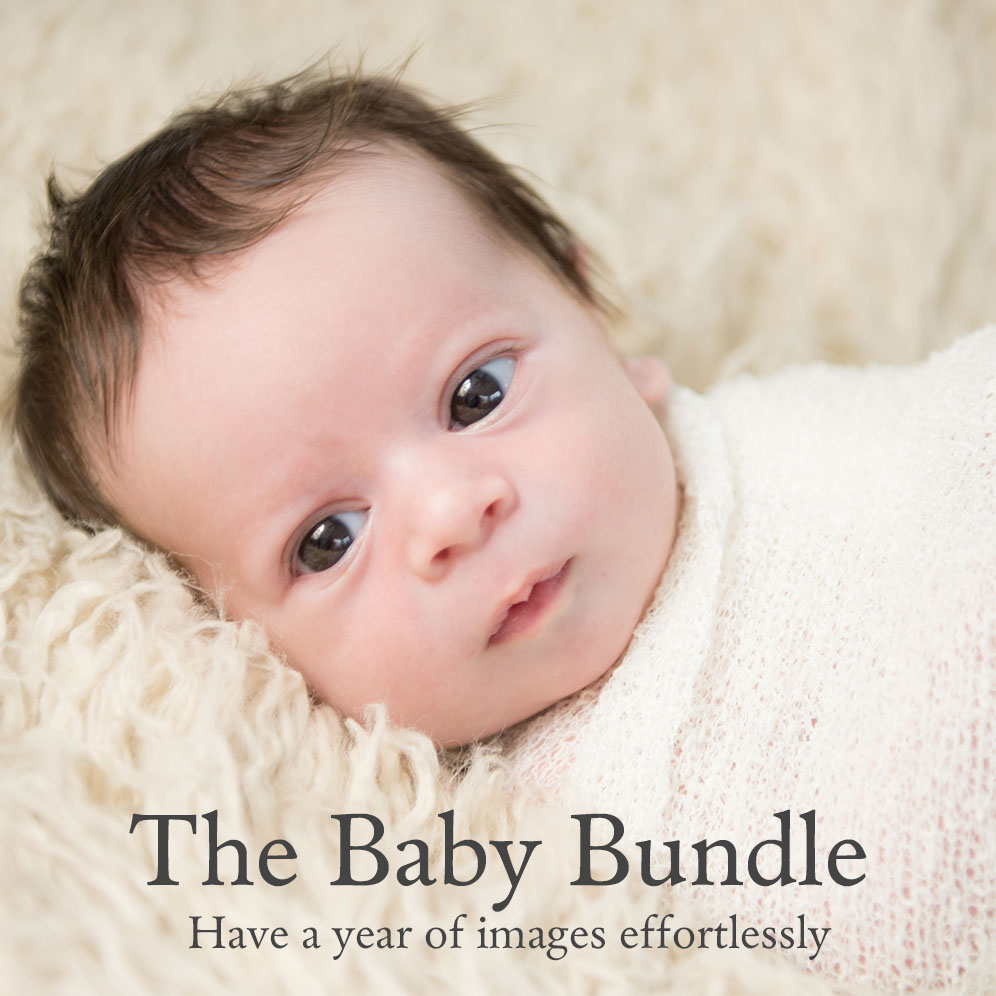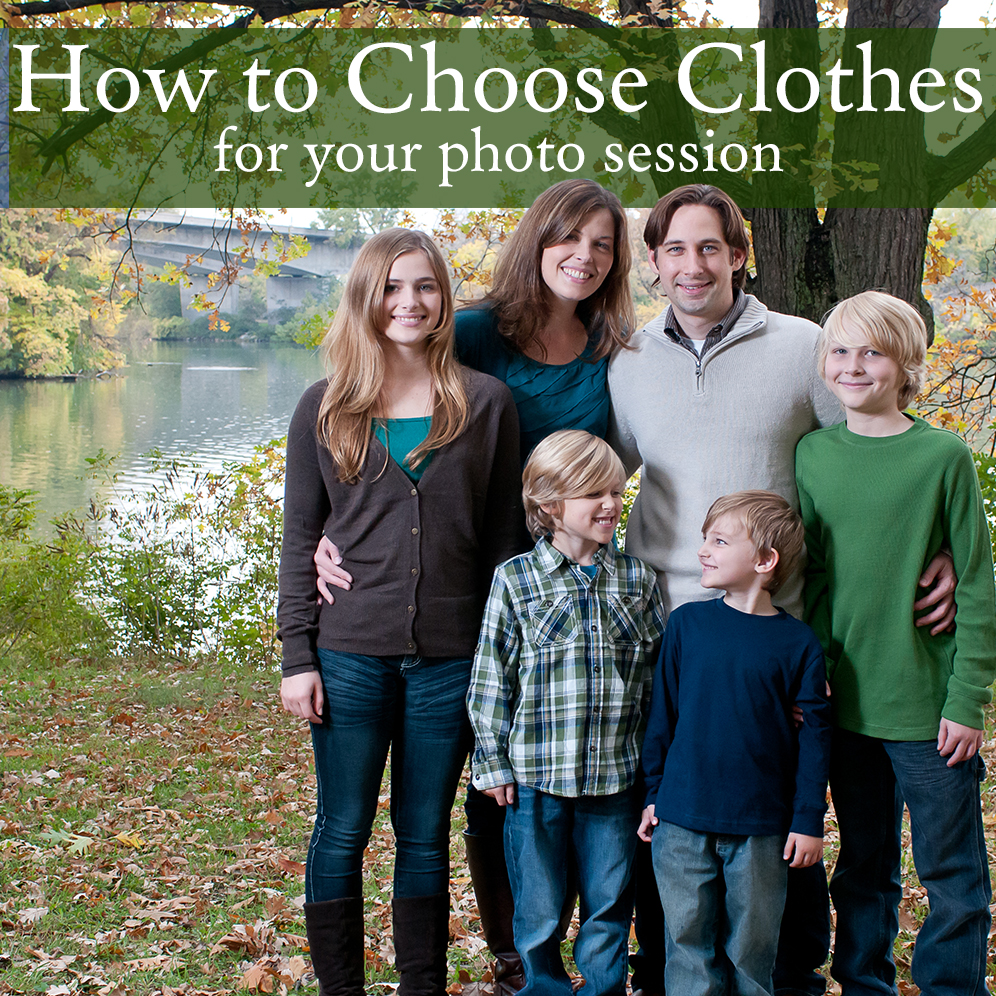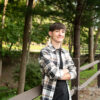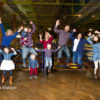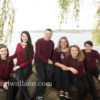For most people a great picture is 95% subject matter – such as a cute baby or a kitten. But here is a little known fact – the single most important thing you can do to take better pictures is to understand the direction of your light source. This is more important than a better camera, and maybe even more important than having a kitten around.
Beautiful light depends on the quality and direction of the light. Whether it’s “natural” or not is completely irrelevant. The sun can create both beautiful and hideous light. Flashes can also create both. What matters is the size of the light source and its placement in relation to the subject. This post is just about placement.
A quick trick to tell if your lighting is good is whether you can see the color of your subject’s eyes. If so, then you’ve got the correct angle.
If not, then you don’t.
In this image, Averie has her head at a 45 degree angle to the light source, but Abbie doesn’t. It’s a cute image anyway, but technically it would be much improved if the light had been closer to me.
So now that you know what you’re looking for (directional light), we’ll discuss the two really awful types of lighting that are the bottom of the barrel. Anything is better than these two things.
1. Direct flash. Aside from florescent lighting, direct flash is the most evil and terrible type of lighting ever in the history of the universe. This is not to be confused with fill flash, but that’s a different subject. Direct flash is when the primary light on your subject comes directly from the camera, and it’s evil because it is ugly and not coming in from the correct angle. Your flash should pretty much never be pointed at a person.
Our eyes are not used to seeing light from from where we’re standing and so it’s not attractive. No shadows on the face, a harsh shadow under the chin, and a dark background are all telltale signs of direct flash. Direct flash can also cause red eye (whereas every other type of lighting does not).
2. Bright sun at noon. Lighting that is overhead or close to directly overhead creates terrible shadows over the eyes and is basically just ugly, again because it’s not from the correct direction. Avoid taking images out in the sun at lunch time!
I still love this image, but you can see the harsh lighting on the baby. There are dark shadows on his face and on mom.
Beautiful light comes in at an angle. There are many different angles you can use and there are books written on the subject, but a quick and fail safe rule of thumb is about 45 degrees above the ground, and about 30 degrees to the side of the photographer. Think school pictures – where are the umbrellas? If the school picture day analogy doesn’t work for you, here are some examples.
If you’re inside…
1. Use window light. Window light can be great for this since your ceiling will force the light to enter at the correct angle. All you have to do is position your subject in relation to it. The problem with this is that window light is notably dim.
This image was taken just with window light. I love the light on Eli’s little chubby face! Admittedly, this photo would have looked a lot worse without my really nice camera….
2. Buy a bounce flash and then throw the light behind you. Bounce flashes can be a little pricey ($150 and up), but the results are oh so worth it.
This is the same day and time as the direct flash image. You’ll notice that there are no harsh shadows, everything in the image is evenly lit and there are gentle shadows on the face that give shape to Eli’s pinchable cheeks.
If you’re outside…
1. Go under something like a bridge or a pavilion. This has the same effect as a roof indoors.
Corbett’s Glen has remarkable lighting by the tunnel.
2. Plan to be outside at sunset or sunrise because the sun is – you guessed it, at an angle. I couldn’t find any pictures like this… I guess I’m usually sleeping then, or putting kids to bed, or cooking dinner or doing the dishes or something.
You will take better pictures by focusing on the direction of your light source. Or if all else fails (or even if it doesn’t) hire a photographer who uses off camera lighting! People who label themselves as “natural light photographers” are a little like a chef who says he only cooks with an omelet pan. Natural light works sometimes and is beautiful sometimes, but it’s limiting.
To delve into this subject, check out Neil van Niekerk’s book, “Direction and Quality of Light.” Creative title for sure, but he is a master of all things flash.
Debra Wallace Photography is now offering online scheduling. To grab your spot, click here or sign up for the newsletter so you won’t miss a thing.


























